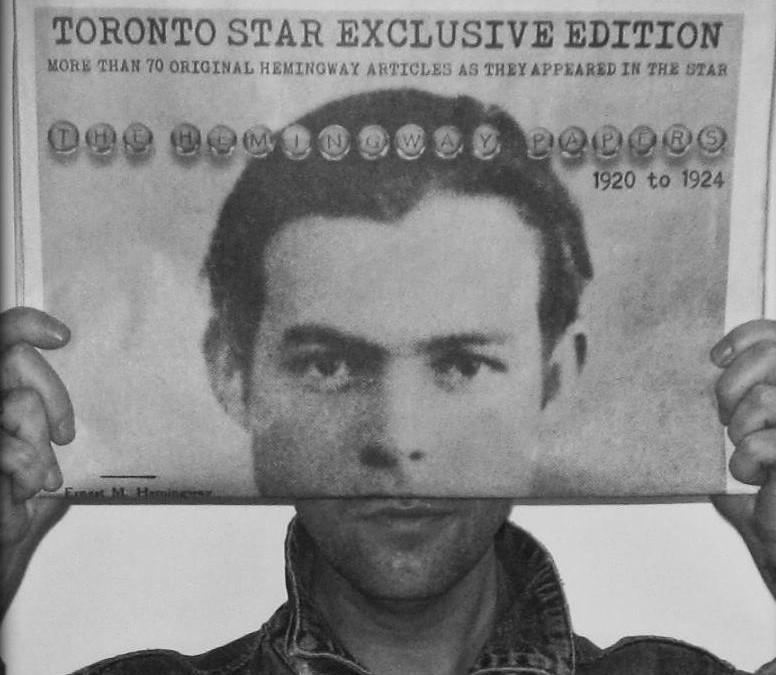Storyteller Series: Matthew Wylie by BP
As a member of Grryo, I frequently look through the hashtags of #wearejuxt #mobilephotography and now #grryo on all the social networks. First I find it interesting to see what people would share on these tags and secondly its a great way to meet creatives who share commonalities through mobile photography. The new Grryo tag already has over a 1000 photos in a few days and I totally gravitated to a handful of photos that were posted on Instagram by Matthew. I wasn’t the only one as that same day, Anna (who is also an editor of Grryo) hit him up for an interview. Needless to say, Matthew’s work is amazing and great and all things awesome and we wanted to share with our readers this storyteller from Toronto!
BP: BP MW: Matthew Wylie
BP: Tell us where you are from. Tell us about your family. Tell us about your non-photo inspirations (other artists, books, etc.).
MW: I’m from Texas, where I spent most of my life. My blood family is there as well, but I have been living and teaching in Canada for the last seven years. My professional background is in literature and writing, and, since I was a young kid, I have always been very drawn to stories, words, and art in general. In terms of artists most important to me? – Nabokov, Kafka, and Borges. The enchantment that each of those writers can place on words, symbols, and the story itself has always been magical to me. So, that general aesthetic definitely influences my work. And of course Rainer Maria Rilke, his “Letters to a Young Poet,” – this work has always been such an important influence on how I approach the world and my art. The line “if your daily life seems poor, do not blame it; blame yourself, tell yourself that you are not poet enough to call forth its riches” is particularly inspiring to me and I certainly use this as a constant motivation to find, see, document, or create the beauty and mystery that’s out there, every day.
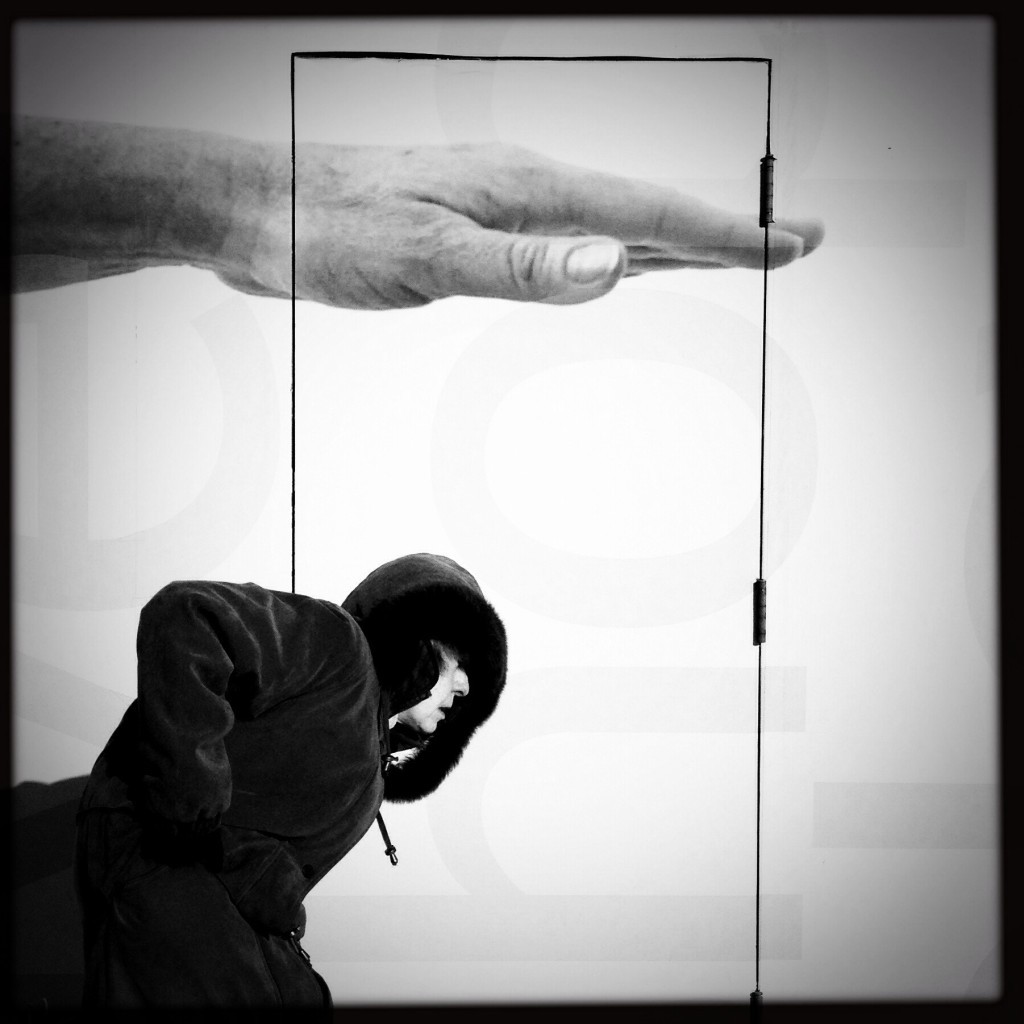
“The struggle itself towards the heights is enough to fill the heart. One must imagine Sisyphus happy.” – Albert Camus This photo was taken in Toronto, where I live. It was shot during the very difficult and long winter we had this year, with about 6 months of bleak, blistering cold days. I was on my way to the market when I noticed this massive billboard with the hand and I saw the subject approaching. Her body movement, her face – it just all embodied what I think we were all feeling about the winter and, despite its brutal nature, she was braving it. It was such a testament of the human spirit and I was immediately reminded of Camus’ quote on Sisyphus (see “The Myth of Sisyphus”) regarding the idea of finding meaning in the struggle, of forging our own authentic meaning, despite the absurdity and harshness of our daily lives. Meaning is not out there to be found. It exists within ourselves, as Camus intimated, and I feel like this photo illustrates that tenet.
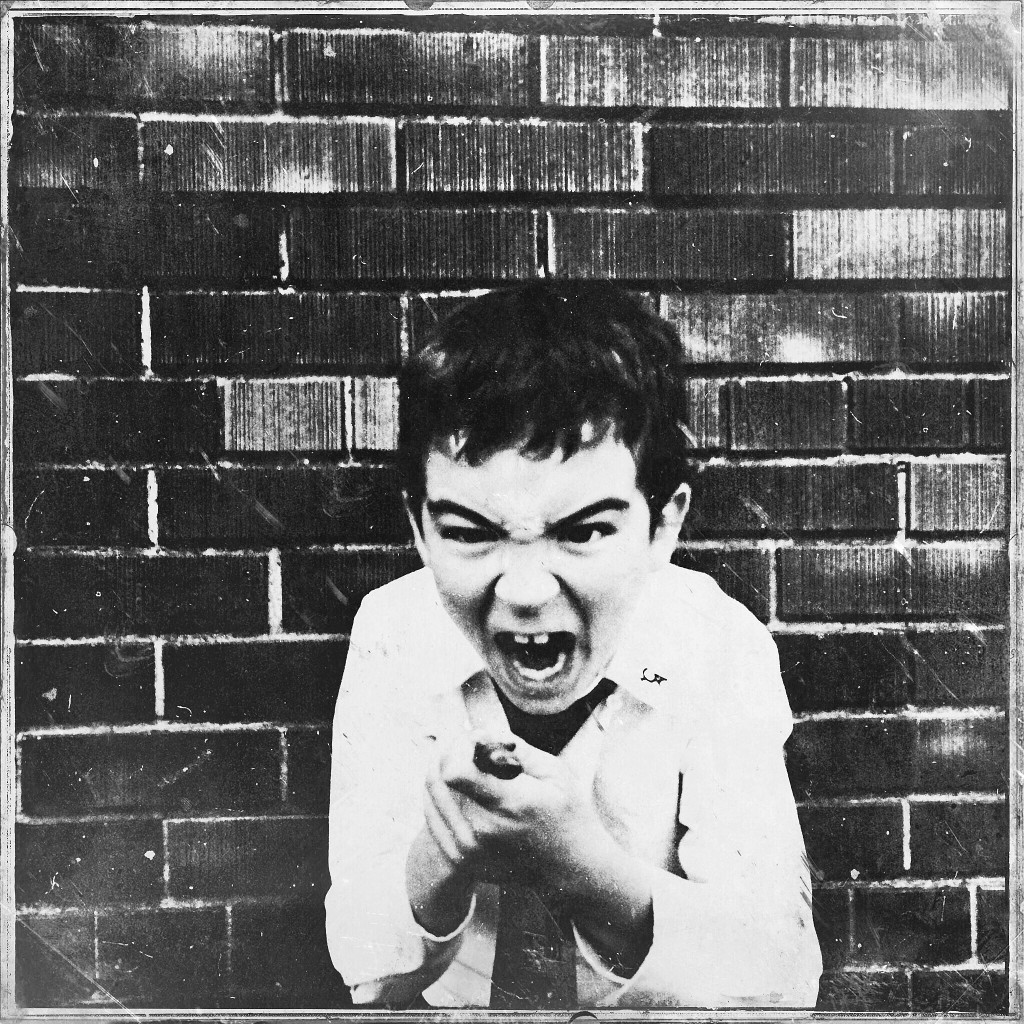
“This will never end because I want more.” – Fever Ray Taken in Toronto near a playground where I work and pass by daily. The boy was playing with a stick as if it were a gun with his peers and I was able to walk past and capture one from the hip that. While it took a bit of editing, it ended up working and conveying this mad, beautiful sense of energy, maybe even angst (?). The audacious look on his face reminded me of the lyric from one of my favourite bands, Fever Ray. I love the coupling of the mood with the song – again, the creative exchange, at least for me, lends itself to other mediums and this one was musical in nature.
BP: How’d you start in photography and what brought you into the realm of street photography?
MW: Oh, I’ve always taken photos – I’ve just never owned a good camera. Like, I would go through Kodak disposables weekly during high school, and then moved on to cheap, handheld digital cameras that just took horrible photos! I had a Polaroid that was fun in university, but the film cost too much for me to naturally produce. Visual imagery, especially photography, has always been special to me though. I could never draw or paint very well, but I could take pictures, so that was my visual medium. However, I didn’t get serious with my work until recently, like within the last year or so, when I got my first iPhone (the 4S). That totally changed everything for me. I now had this tool in my hand that could complement my vision and help me communicate the way I’ve always wanted to and knew that I could. What got me into street photography? I’m not entirely sure, really. I have always been drawn to artwork that is a bit raw, or . . . at least not traditional. So, I think that has something to do with it. Once I started exploring the genre and seeing what others have done with it, I just knew it was what I wanted to pursue. I don’t want to call myself a “street photographer” though. I think I just use the streets more than any other subject to tell my story, or to capture the type of images I am seeking to capture and convey to others.
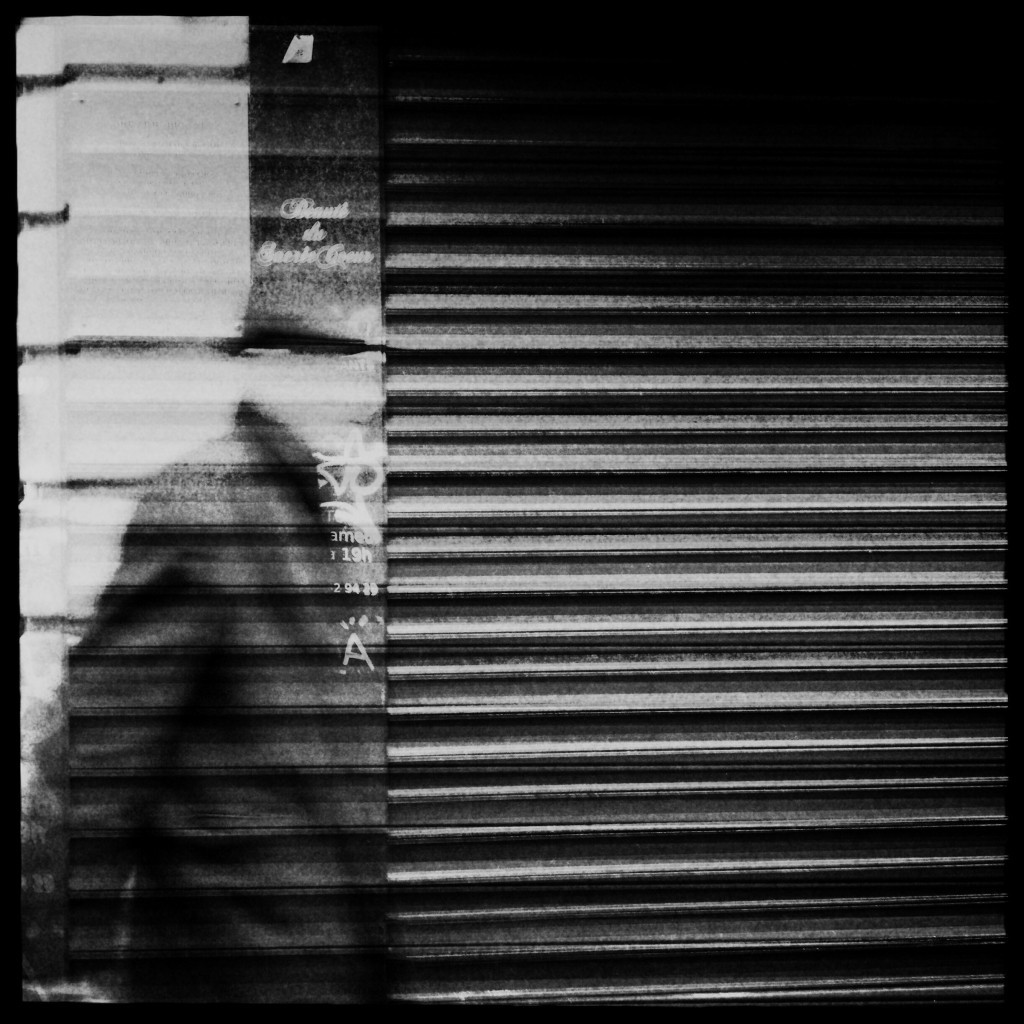
“Symmetry is what we see at a glance.” – Pascal Taken in Paris, France. I adore this photo because it illustrates Lange’s quote (see above) but in a different manner. When I originally saw this photo on my phone, it didn’t look like much, but after seeing it on the larger screen, it itself up to me and I was just so swept away with what I didn’t initially see in the photo. This all speaks to a larger issue I think regarding the way technology, particularly viewing art in a variety of mediums, can change the way we appreciate the aesthetic qualities of a piece of art, especially a photo. For example, oftentimes, I (we) have taken a photo and, while it seems decent on the iPhone, is only mediocre when viewed on a larger screen. However, does that discount the original aesthetic moment we shared with our first viewing? Since these are primarily digital images we are dealing with, can we not speak of a multiplication of the same image, depending on the medium it is viewed in, e.g. iPhone, iPad, Desktop, a blown up piece for a gallery wall, the way we remember the image weeks later?
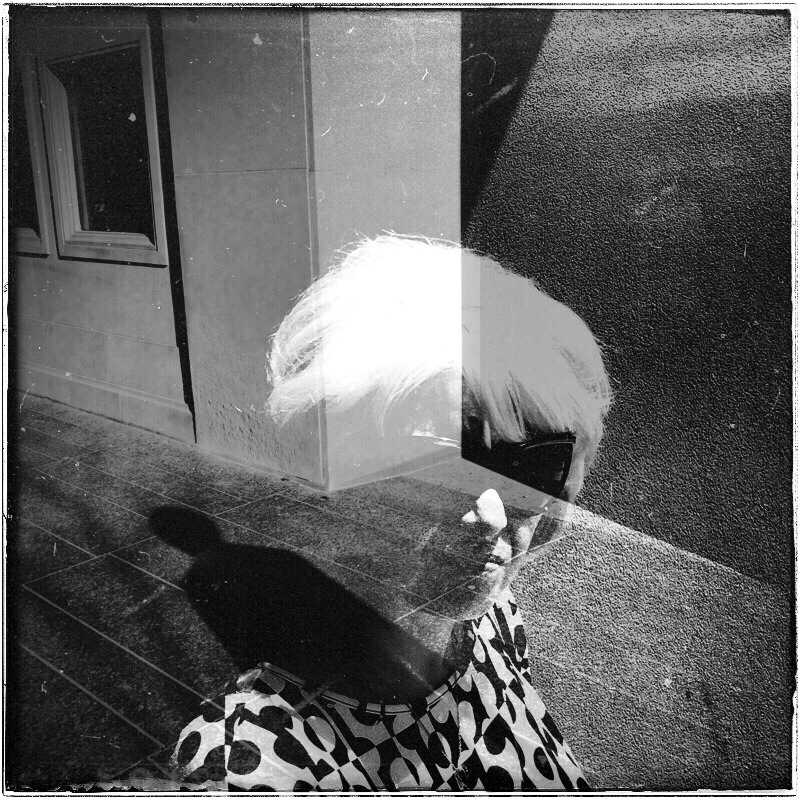
“Maybe all men got one big soul, and everybody’s a part of it—all faces of the same man, one big self. Everyone looking for salvation for himself. Each like a coal drawn from the fire.”- Malick Taken in Toronto. I have always been drawn to Terrence Malick’s films. They read like filmic tone poems and this capture / edit to me encapsulates a line from one of Malick’s best, The Thin Red Line. The irony that, for me, the act of going out in the streets is such a solitary endeavor, yet, that the final outcome can provide so much connection to others, either through social platforms or whatever, is just wondrous. To the wonder . . .
BP: Your photos are captivating, as you automatically think as a viewer, “what is the story here? What is the artist’s message?” Explain to us a process for you to achieve this connection to the viewer.
MW: Thank you for that! Well, to be honest, I am not sure it is something entirely, or even remotely, conscious. But I do think of it as an exercise in reading. In my writing courses, we often discuss the concept of reading images as texts, and learning to read well is essentially the same thing as learning to see well. The world is full of texts and subtexts and sub-subtexts – just layer after layer after layer – and these texts aren’t simply written, but visual as well. We read images as texts and we’re not even conscious that we’re doing so. We’re always reading – at least those of us who are looking. So when I am out on a walk through the streets, I am constantly looking for that text that my camera will capture and will, hopefully, be able to communicate something, even if it is a recognizable emotion, or a memory even. In terms of my connection with the viewer, I am, with all due respect, never thinking of the viewer. I am not thinking a lot, actually. Just scanning with my eyes the building blocks for the story, which could range from another actual human being to a shaft of light in an alleyway to the colours in a window reflection. Once I have these tools, then I think we can begin the sharing process. I guess . . . think of it as if I have read a story and want to retell it to you. This is what the photograph is. It’s a retelling of a visual I was witness to. Once I share it with you though, it’s no longer my narrative; it’s yours. And this is the beauty of storytelling, whether with the written words or with an image. The narrative is never static.
Series: Where are you going, where have you been?
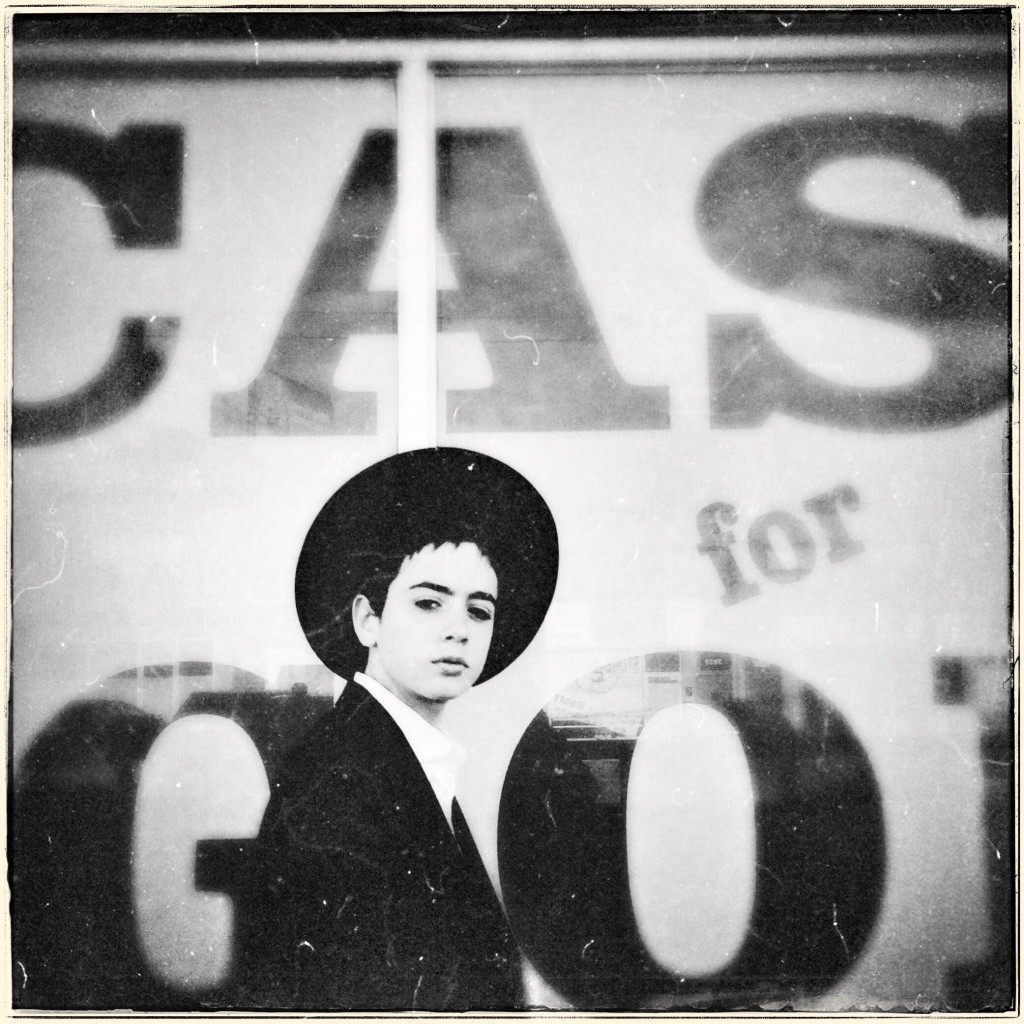
Where are you going, where have you been? This was taken in Toronto in a neighbourhood that is primarily inhabited by Hasidic Jews. It is a difficult area to photograph in for various reasons: as a visible outsider, it is far less easy to be invisible, there is a heightened sensitivity on my part for what I am capturing and not capturing, and then this sort of strange, somewhat eerie feeling of unease portrayed in the body language of the community members themselves, partially due, I believe, to a series of anti-Semitic acts / violence that the neighbourhood experienced a few years ago. The area is also not very busy, so attempting to blend in is impossible– and thus eye contact is rarely made, subjects increase the pace of their walking compared to when in the heart of the city, etc. With this particular shot, I was about to turn in for the day when I noticed the boy approaching. I did what I do and he simply looked right at me and was the only person to make eye contact with me that day. After the shot, we continued to make eye contact until he rounded the corner of the building. The moment felt special – contact had been made and it was positive and felt mutual.
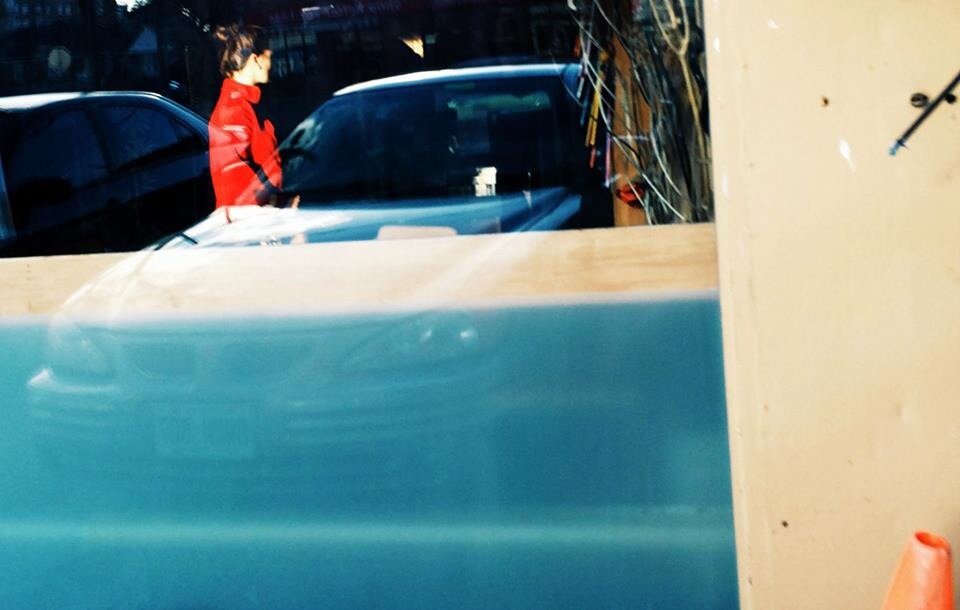
Where are you going, where have you been? Again, part of the series I spoke of earlier. This is dedicated to Saul Leiter, one of my favourite photographers and one whom I am only beginning to delve into thanks to a friend (Dan Cristea @konstruktivist) introducing me to his work. This is simply my attempt at seeing the world as Leiter did in his photos. If you don’t know his work, my God. LOOK! The woman in red later led to a short story I have begun writing about a girl who can swim through glass.

Where are you going, where have you been? Taken in Vienna, Austria. The North by Northeast departure of these two subjects just begs for a storyline, perhaps one of tragedy, but perhaps not without love? The man will assuredly die.

Where are you going, where have you been? Taken in Toronto. I have not finished with this photo yet…but she will most assuredly become a character in a story soon, or a poem. Her look is music to me, Chopin maybe , and she’s looking to leaving.
BP: Your series “Where are you going? Where have you been?” is an interesting one. Can you tell us more about it and your expectations of this series as you’ve listed it as one of you favorites? Altogether, do you feel you’ve accomplished your goals?
MW: Sure! So, this series basically centers on the relationship I explore between creative writing and photography. I will usually use the streets to inspire something in my writing, such as a character, a setting, a mood, or even conflict itself, if I’m lucky. Most of my photos feature human beings who are, usually, in movement and going from one place to another. I like to pose the question, once I’ve found an interesting moment or subject, of “Where are you going? Where have you been?” – and use these questions to lead towards some type of narrative, something tangibly poetic that I can fashion into a story: “Where are you going? Where have you been? Do you believe in God? In suicide? When you arrive at your destination, will you be greeted with a parcel, a bomb, a kiss on the lips?” – and on and on the process can go, depending on the actual shot I get. So far, it’s led to a few short stories or sketches and bits of poetry I have written, but nothing definitive, and I’m not really interested in that right now. The point is that I use this exercise as a way of shooting and a way of making the creative process between writing and photography both cyclical and reciprocal. One day, I will probably put together a handful of photos and texts that they inspired together in a formal portfolio, but I am not there yet.

“The camera is an instrument that teaches people how to see without a camera.” Dorothea Lange While I have been taking photos for over 15 years, I never had a serious camera until I got my iPhone 4S. Since then, I began taking my photography and my approach much more seriously, simply because I had, for the first time, a tool that could compliment my creative vision. This Lange quote has always resonated with me because it’s just so true. Photographers and visual artists may be equally cursed in this way, but my, what a blessing it is to be able to see magic almost everywhere you look. . .
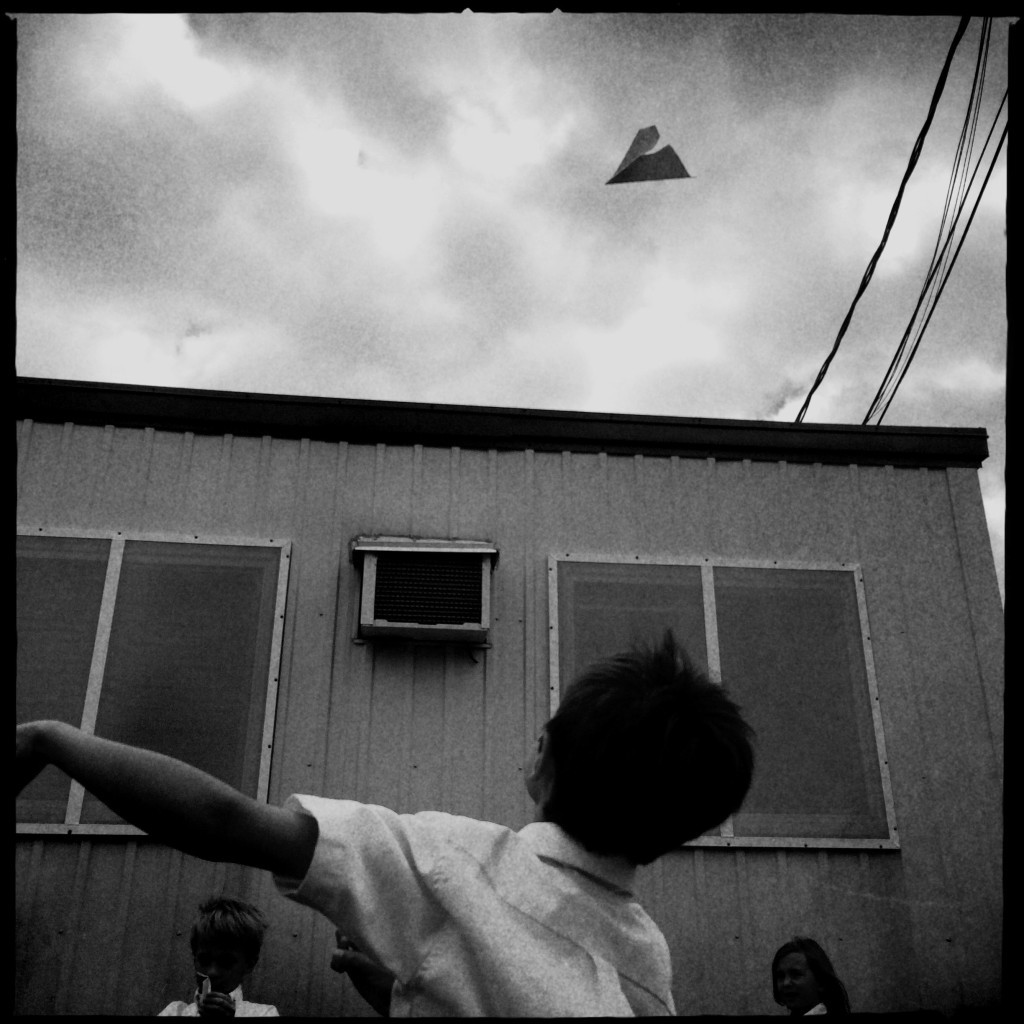
“Over” “Once you have tasted flight, you will forever walk the earth with your eyes turned skyward, for there you have been, and there you will always long to return.” – Leonardo da Vinci
BP: Who are your photographic inspirations and why?
MW: Well, hm. That’s hard to answer. There’s quite a few photographers whose work I admire and adore, both living and dead, e.g. Bresson, Gordon Parks, Saul Leiter, Vivian Maier, Dan Cristea, Markus Anderson, Amy Leibrand. But I think in terms of inspiration, it is this whole, revolutionary concept of social photography that we are bearing witness to as we speak. I mean, we are witnessing the democratization of the visual arts in a way that simply has never been seen before. Sure, there are criticisms to be made about the infinite flux of images – I get that. But you can’t deny the beauty and hope in the fact that more people have access to art and to tools to create visual arts than ever before! Photography, film, visual images – these are not just the fields of the privileged or experts or well-educated anymore. Anyone with raw talent who can afford a phone canget out there and do some absolutely amazing things with these tools! And not just that, but they can discover and reach out to other artists so easily, like we are doing now – they can learn from others, so purposefully– and all through the same device that they are using to create with! Like, ####! I think it was Koci that called this a “golden age” of photography and there just may be something to that. I mean, to think that this genre, photography, the arts, visual narratives, is so accessible to so many people now and the dialogue has grown so exponentially in terms of sharing ideas and inspiration – I think we are witnessing what will most assuredly be remembered / studied as an era of visual art production like the world has never seen. That’s just incredible to me! I just hope we embrace it now and continue to evolve with it. Think about it, can you imagine being able to travel back to the 16th century and say, “You guys are in the f###in’ RENAISSANCE! Do you get what that will mean later?” – I want us to look at what we, as artists, are experiencing now and see it as something that is significant in terms of the evolution of art in our society, rather than just a trend. And to think we are doing so much of this together! All of this, I feel, is spawning some brilliantly creative pieces and artists, which, again, begs reflection: we have the chances of seeing not just a handful of great photographers a decade, but hundreds, maybe more! This is so beautiful to me! And people are creating, producing, and communicating so prolifically. This doesn’t mean that everything is brilliant and I get the argument that art could grow saturated as a result of the influx, but who wouldn’t rather have more artists than fewer? The argument that the influx makes art less special is absurd to me because what you’re really stating with that is “there’s really only a limited amount of beauty out there to produce, or, there’s really only a limited amount to say, etc.,” which is illogical! Beauty isn’t finite, and neither is art. And let’s not get caught up in being ‘original,’ because, really, what has that EVER meant? I believe in raw creativity, and contemporary photography, especially mobile photography, is so very exciting to be a part of and witness right now and I’m excited to see where it takes us next. Again, just the fact that more people have such a powerful artistic tool in their hands than ever before – that’s just so inspiring and promising to me!
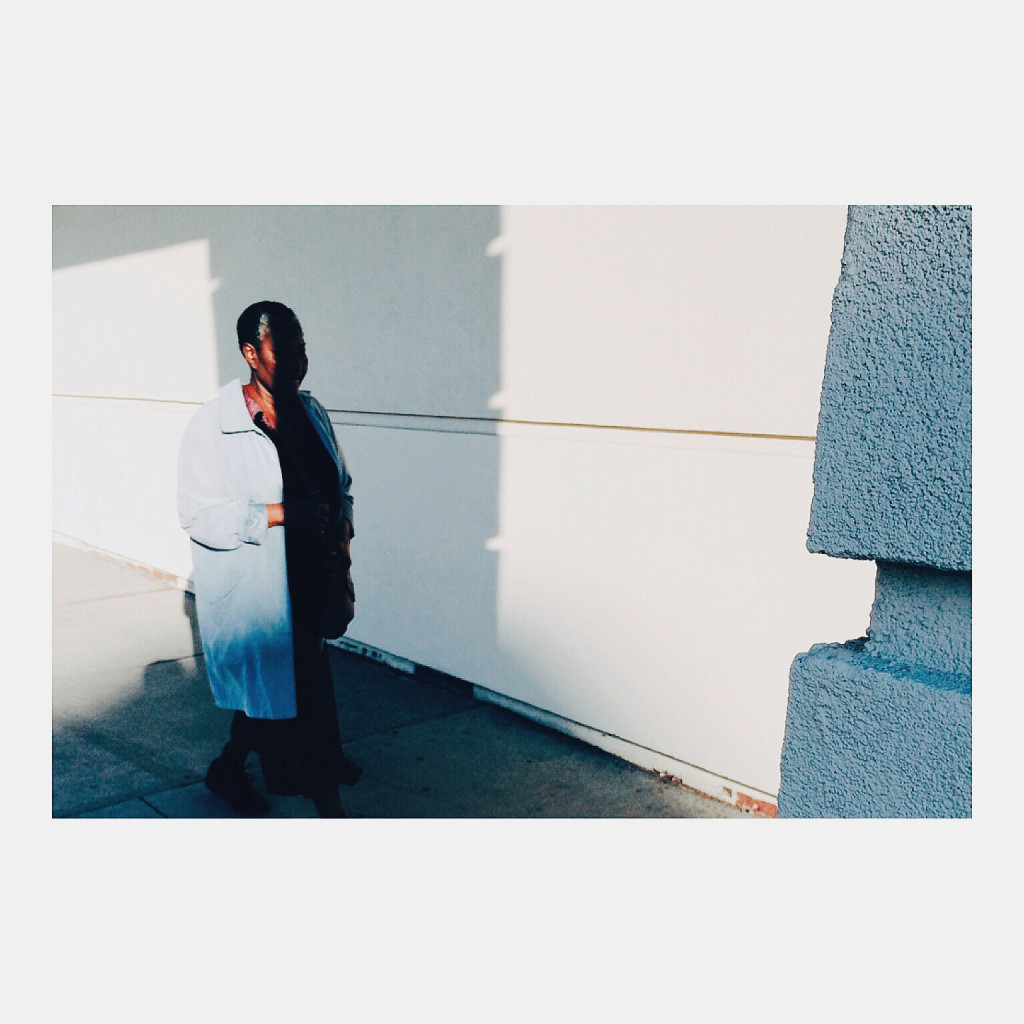
” . . . and I have not told half of what I saw.” – Marco Polo Taken in Toronto. This photo represents the inverse of the creative writing process that I spoke of earlier. For example, sometimes, I will take a photo and use it as a means to have me explore things I have read in the past. The ability to synthesize like this, between words, an image, and my memory, is quite interesting to me. I ended up with the Marco Polo quote and couldn’t stop thinking about it all night after the photo was taken. To think that Marco f###in’ Polo made such an utterance about the ‘discovery’ of a continent – and then to parallel that with the myriad of moments a photographer sees while out and about – and we only probably catch a fifth of what we see, for whatever reason. There is so much fucking beauty out there . . .
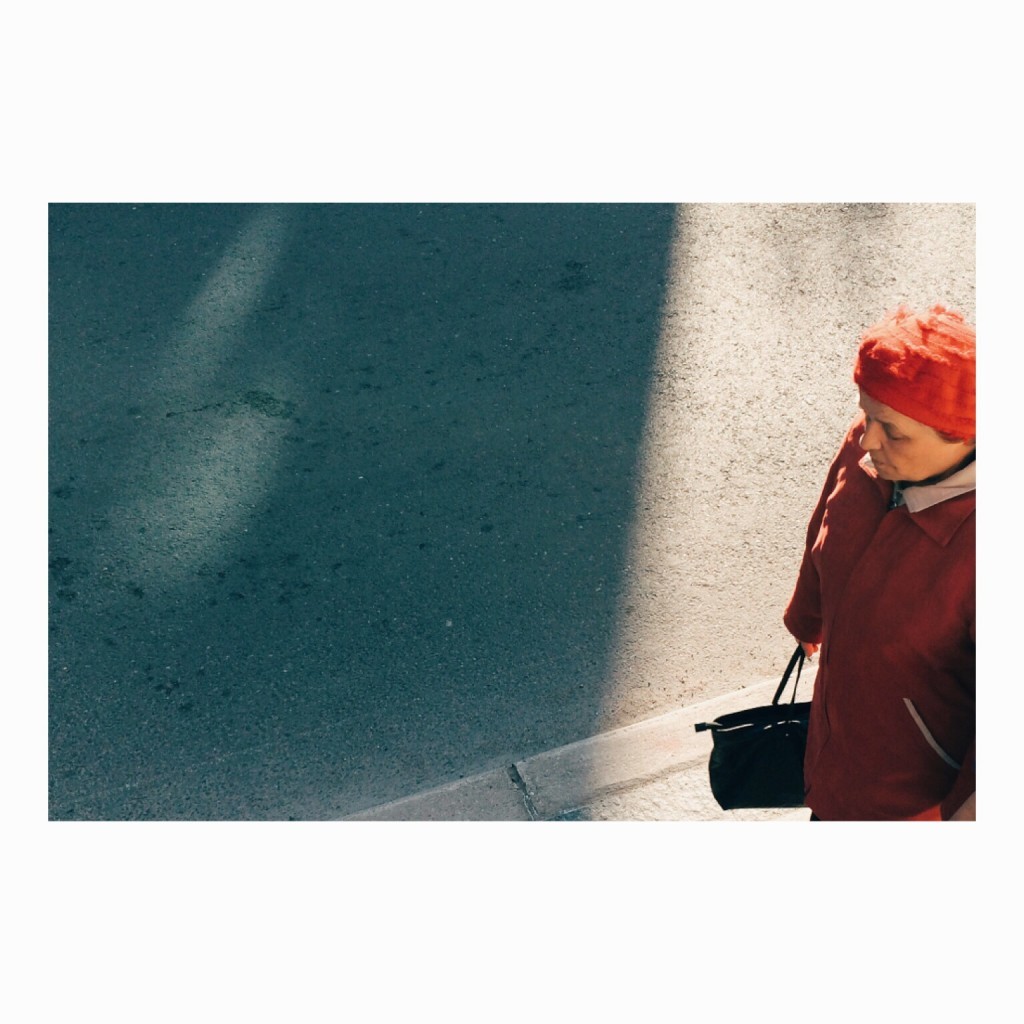
The Water’s Edge As Gabriel Garcia Marquez has taught us, sometimes light is like water. Sometimes, you tip tap into it, while at other times, you dive. Regardless, the pools are always there, wet, bright, and waiting for you. Please see his short story by the same name for advice on how to master the science of navigating on light.
BP: For new(er) street photographers, what advice do you have for them? Please provide any technical and artistic advice.
MW: Well, I am in no place to give advice, as I am still learning myself! But I can offer advice that I’ve either been given or just learned to give myself as I’m developing. So, shoot a lot! Shoot every day and learn from your mistakes, as well as others, even if by observation only. Study light and learn to make it work for you. Shoot for one month in the same hour of the day and do this for all of the day light hours, which should take you about a year. Dispel the myth that location is everything. Location is overrated. It’s about how you see, not where you are. Learn to see differently, and well. The stuff of good photographs – all that is out there! You just have to go find it, and you don’t need an expensive camera to do so. And I guess most of all, be confident in yourself and believe that you have something to say with your photos. Too many people have very little to really say about the world around them. Having so many tools to communicate now – that almost seems absurd, no?
Find Matthew Wylie: Instagram // Flickr // EyeEm // VSCO Grid
About Author
Latest stories
 StoriesFebruary 13, 2015The Sendoff
StoriesFebruary 13, 2015The Sendoff StoriesDecember 5, 2014PhotoPhilanthropy – 2014 Activist Awards
StoriesDecember 5, 2014PhotoPhilanthropy – 2014 Activist Awards StoriesNovember 12, 2014The Terry O’Neill Photography Award 2014
StoriesNovember 12, 2014The Terry O’Neill Photography Award 2014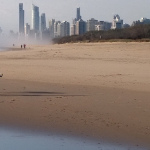 1000 WordsSeptember 14, 20141000 Words Windows Phone 8th Edition
1000 WordsSeptember 14, 20141000 Words Windows Phone 8th Edition

